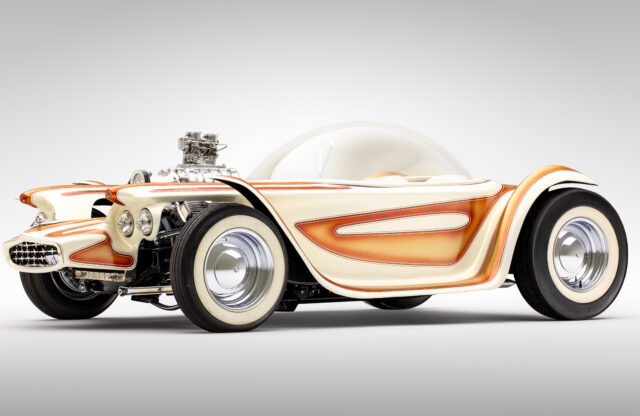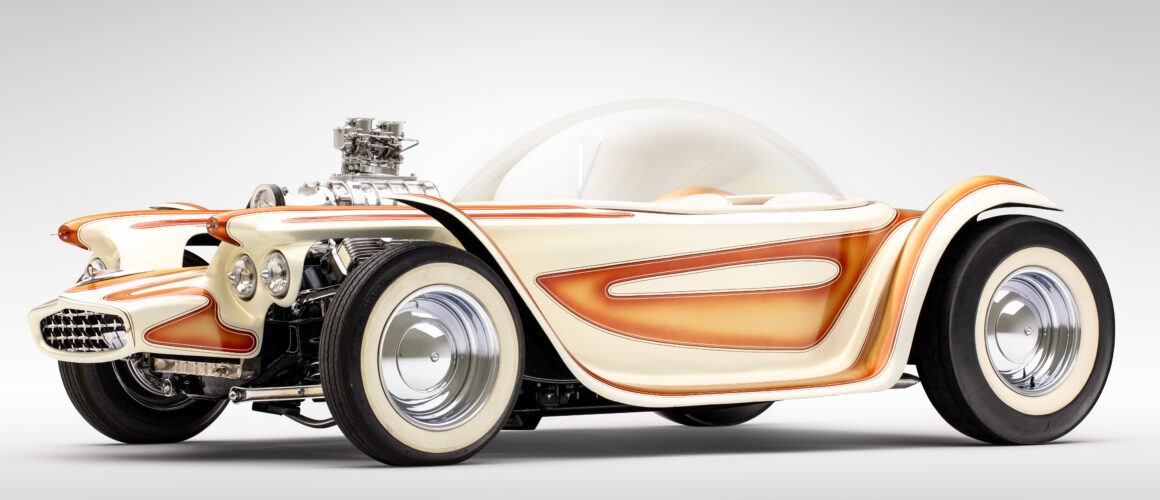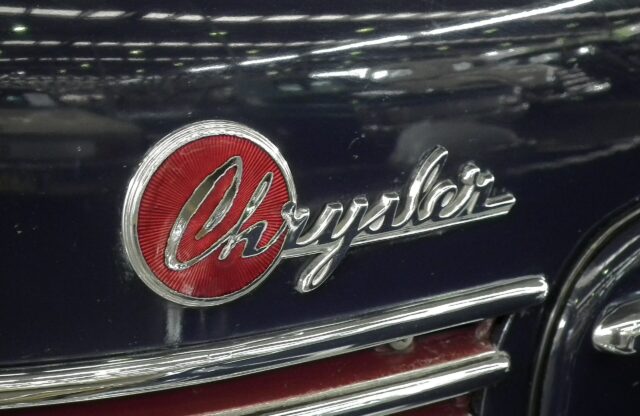There are two new additions to the National Historic Vehicle Register (NHVR) – and both are customs that were immortalised in the original Sweet Sixteen run of Hot Wheels models.
The first is the Beatnik Bandit, which was created in 1961 by American artist and custom car designer Ed ‘Big Daddy’ Roth. This dramatic, glassfibre-bodied creation, built on a shortened 1950s Oldsmobile chassis, stands as one of Roth’s most memorable designs.
Joining the Beatnik Bandit in the NHVR is the Dodge A100 pick-up truck that was custom-built by Mike and Larry Alexander for the 1967 Detroit Autorama custom car show. Better known as the Deora, the pick-up was designed for the Alexander brothers in 1964 by American automotive stylist Harry Bentley Bradley.
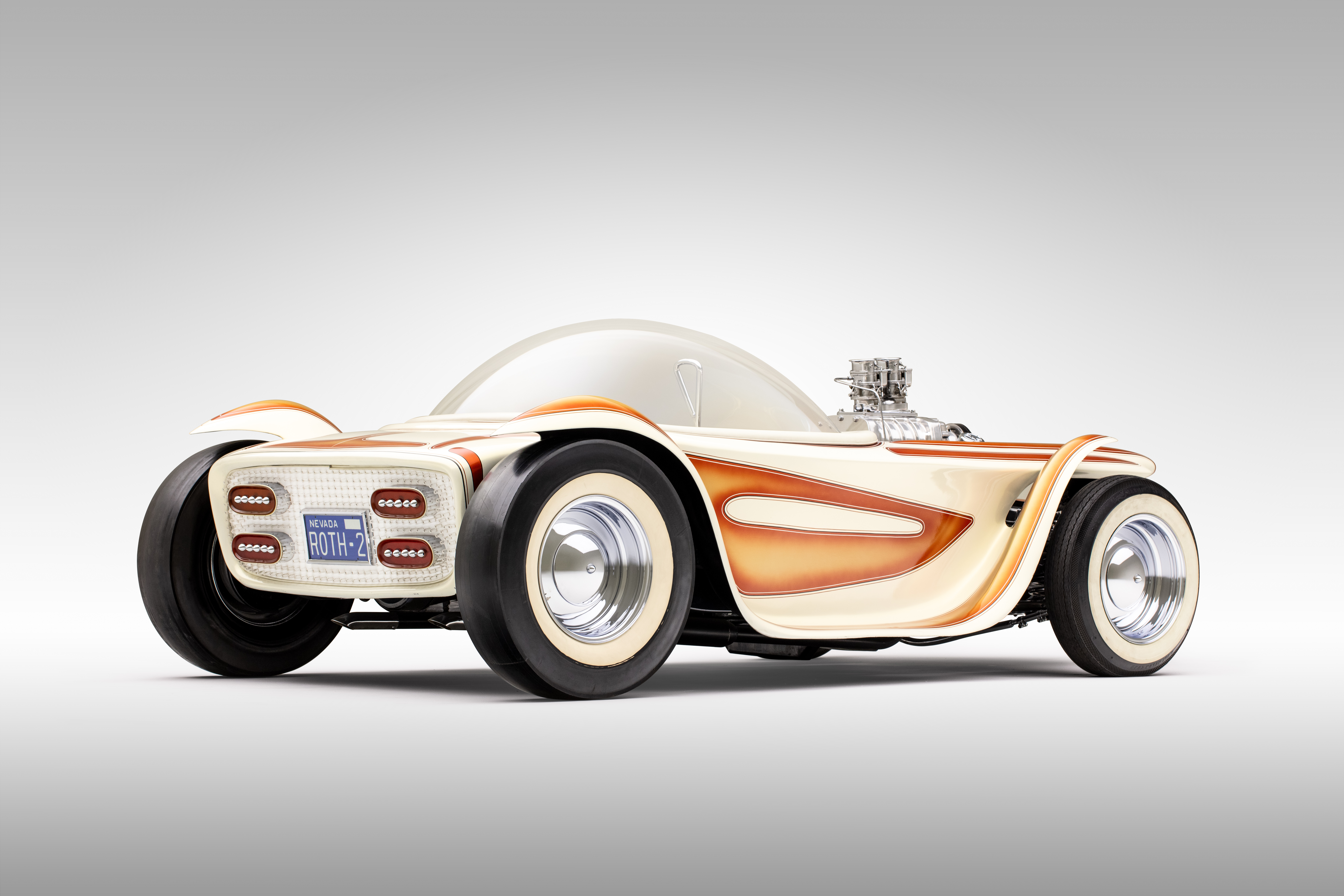
The Beatnik Bandit and Dodge A100 Deora mark the 35th and 36th inductees into the NHVR respectively
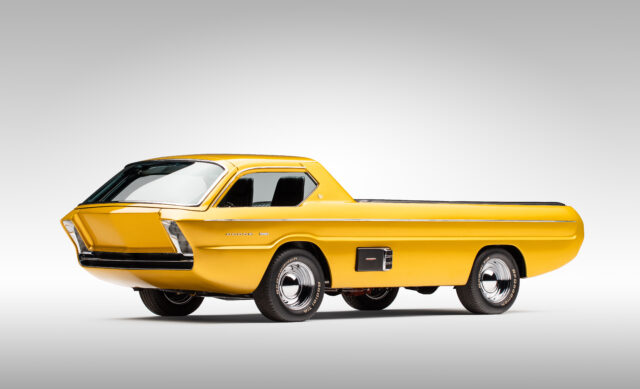

Both of these custom cars captured the imagination of generations of enthusiasts, after being memorialised as Hot Wheels miniatures in 1968.
The Register is now run by the Hagerty Drivers Foundation, which was created in 2013 in collaboration with the US Department of the Interior to recognise and document the country’s most historically significant vehicles.
The cars will be exhibited in Washington, US, in the Hagerty Drivers Foundation’s illuminated glass display case on the walkway between the Smithsonian National Air and Space Museum and the National Gallery of Art, facing the Capitol building. The display runs from September 19-22, 2024.
The Beatnik Bandit and Dodge A100 Deora mark the 35th and 36th inductees into the NHVR respectively. To commemorate this milestone, we’ve curated a list of ten standout vehicles from the register for your perusal.
1981 DeLorean DMC-12
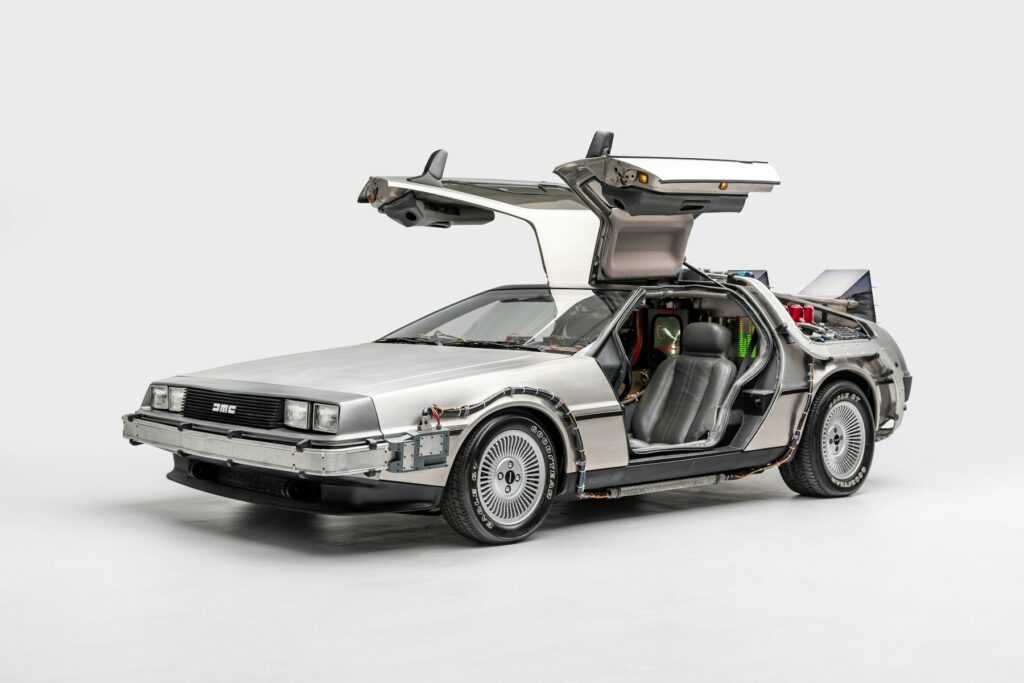
Is there a more iconic car than Back to the Future’s time machine? The example inducted into the NHVR was one of three cars acquired by Universal Studios for the production of the iconic 1985 film. It was then restored by Back to the Future writer Bob Gale in 2012-2013, and retains iconic features such as its flux bands, flux capacitor and time circuit. Today, the car is on permanent loan to California’s Petersen Museum.
1979 Lamborghini Countach
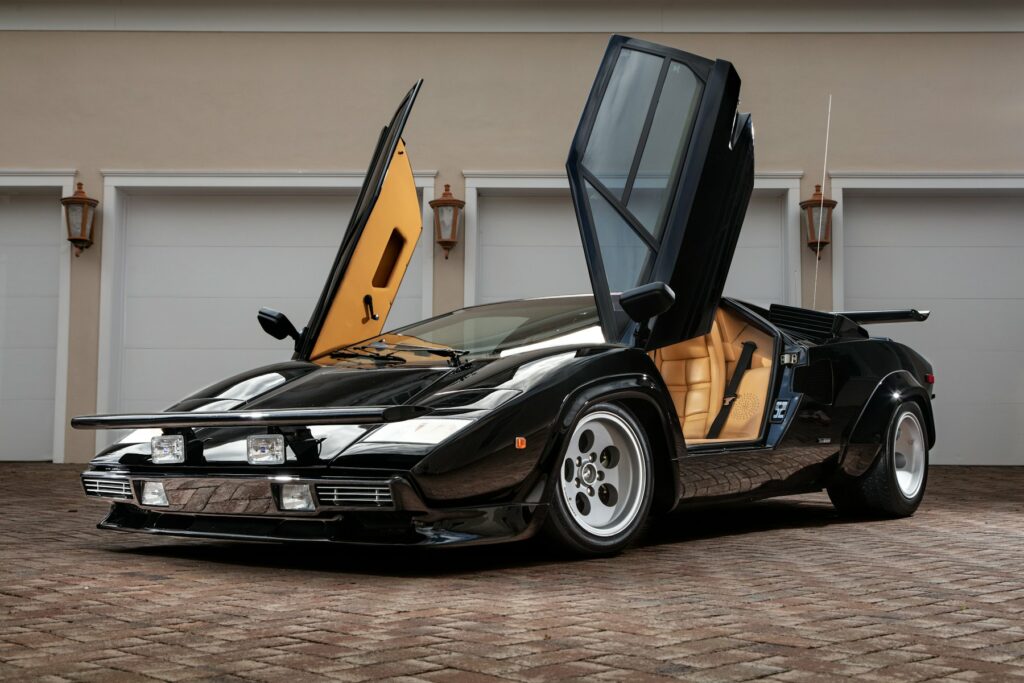
Another star of the silver screen, this 1979 Lamborghini Countach came to prominence after appearing in the 1981 cult classic The Cannonball Run. The film drew inspiration from real-life cross-country speed record attempts organised by automotive journalist Brock Yates. The Cannonball Countach is often credited with introducing the American public to Lamborghini. The vehicle has undergone a complete restoration, faithfully replicating its appearance in the film. This includes the distinctive front wing, which doubled as a bumper – a clever design feature that allowed the Countach to comply with stringent US import regulations at the time.
1952 Hudson Hornet
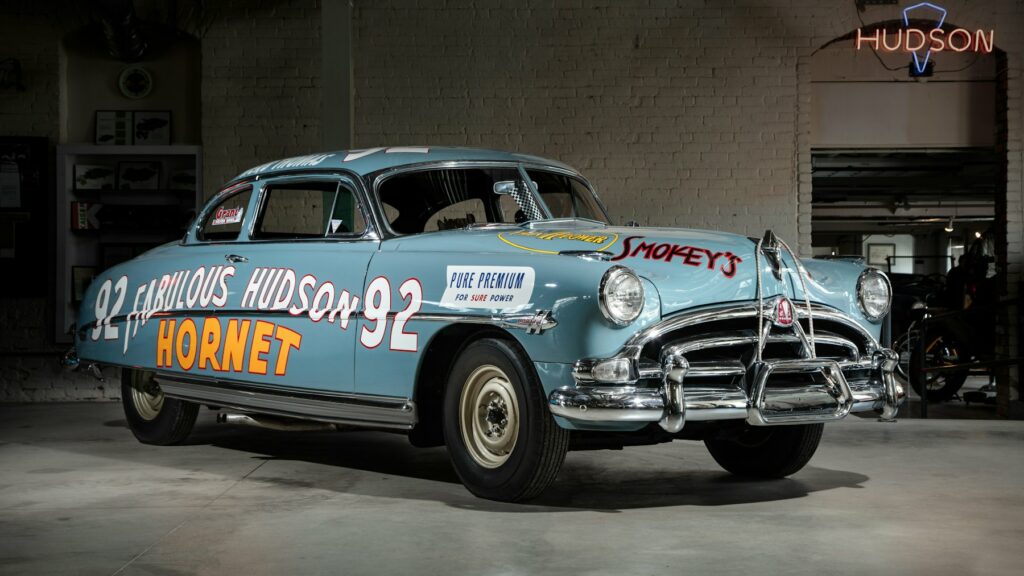
The Hudson Hornet will forever be associated with American stock car racing, owing to its domination of NASCAR during the post-war period. Despite not being designed for racing, the Hornet’s 145bhp engine and innovative unibody chassis propelled it to 81 NASCAR victories and multiple championships from 1951 to 1955. This particular example was prepared by legendary race mechanic Smokey Yunick for NASCAR Champion Herb Thomas for the 1952 season. It is the last-known surviving Hornet to have been campaigned in NASCAR.
1964 Meyers Manx Old Red

Old Red was the second vehicle inducted into the NHVR, and it is credited with sparking the dune-buggy phenomenon during the mid-1960s. Designed by Californian Bruce Meyer, Old Red was the first glassfibre-bodied dune buggy, and became the prototype for almost 7000 Meyers Manx buggies and inspired more than 250,000 replicas. The vehicle was restored by Miller-Havens Enterprises in the 1970s, and its mileage is unknown.
1968 Ford Mustang Bullitt
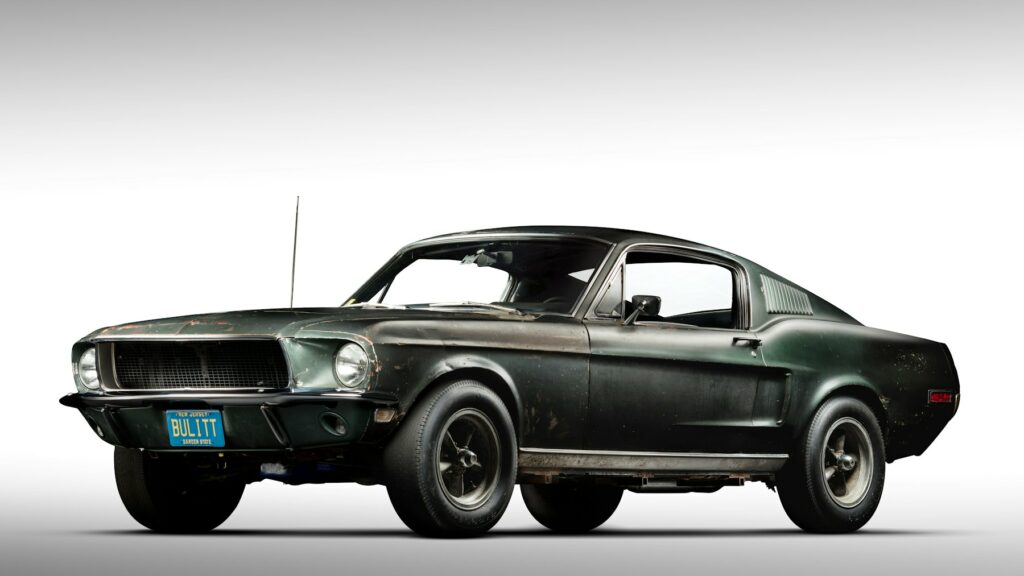
This Highland Green Fastback Mustang was famously driven by Steve McQueen in a near 11-minute car chase through San Francisco for the 1968 Hollywood film Bullitt. The chance sequence is widely regarded as being the most iconic in film history. The car was used for Bullitt’s hero shots, before being sold to Warner Brothers employee Robert Ross after filming.
Ownership then passed to detective Frank Marranca, and eventually to Robert Kiernan, whose family owned it for 44 years. McQueen made several unsuccessful attempts to purchase the car from the Kiernans before his death in 1980. The Mustang was restored by Sean Kiernan as a tribute to his late father, before it was inducted into the NHVR in 2018.
1985 Modena Spyder California
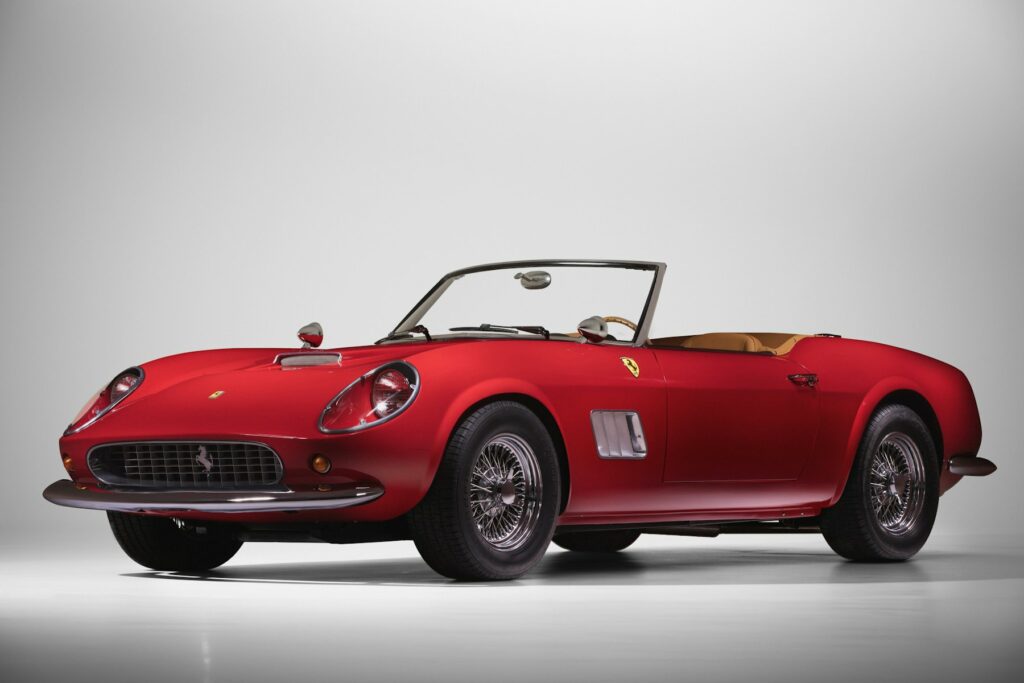
From one Hollywood star to another, this Ferrari 250 lookalike will be familiar to anyone who has seen the 1986 film Ferris Bueller’s Day Off. The glassfibre-bodied, V8-powered replica was one of three cars built for the film by Modena Design and Development, because an original 250 GT California Spyder was prohibitively expensive to either loan or buy. The example documented by the NVHR was used to film hero shots, before being sold into private ownership. It was restored to movie specifications after being acquired by Bob Winegard in 2010.
1963 Chrysler Turbine
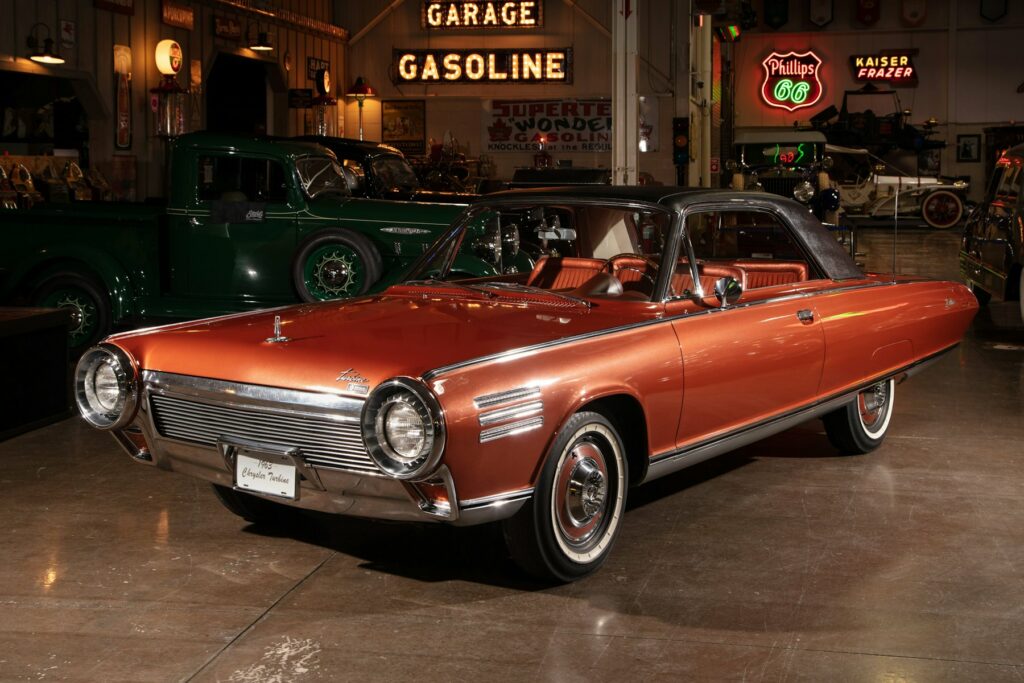
Built at the height of the Jet Age, this experimental Chrysler was created as part of an ambitious attempt to develop gas turbine-powered automobiles for the mass market. The stunning Ghia-bodied machine was one of 50 examples built, of which only nine are extant. Powered by a 130bhp regenerative gas turbine, the cars could be powered by fuels ranging from kerosene to tequila. This particular example is publicly displayed in Michigan’s Stahls Auto Museum.
1932 Ford Model 18
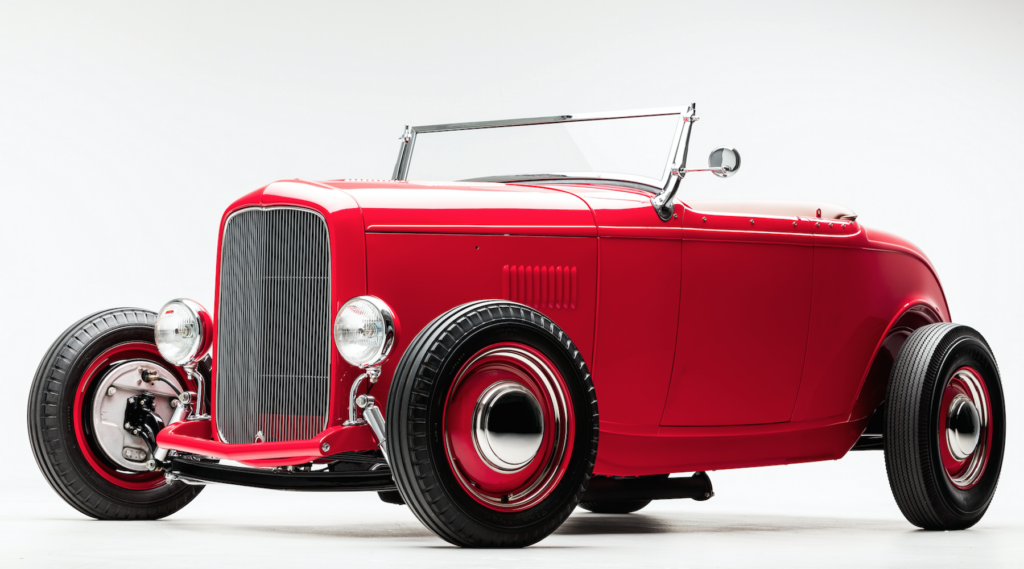
This iconic 1932 Ford Roadster hot rod was built by Bob McGee in 1947, and features lowered suspension, custom wheels, modified body panels and an upgraded engine. The car gained notoriety when it was chosen to represent hot rod safety in 1948, and it appeared on Hot Rod magazine’s cover later that year. It has remained a point of reference for hot rodders ever since.
It changed hands on several occasions over the following decades, and made TV and movie appearances. It also set a speed record at the Bonneville Salt Flats after clocking 167.212mph in 1970.
Bruce Meyer acquired it in 1980 and restored it to 1947 specifications, with help from So-Cal Speed Shop and McGee. The car was featured on a US postage stamp in 2014, and is now a highlight of the Petersen Automotive Museum in California.
1911 Marmon Wasp

The Marmon Wasp is among America’s most significant competition cars, and it won the inaugural Indy 500 in 1911 with airline pilot and racing driver Ray Harroun at the wheel. It is believed to be one of the first cars ever fitted with a rear-view mirror, which meant Harroun didn’t suffer the weight penalty of a passenger ‘riding mechanic’ that other drivers were using to spot their rivals’ position on track. Before taking its famous victory at Indianapolis, the Wasp was campaigned by Nordyke Marmon and Company to promote its passenger vehicles at many pioneering races of the period. The Wasp remains in unrestored condition, and can be viewed at the Indianapolis Motor Speedway Museum.
1964 Shelby Cobra Daytona Coupe

Built between October 1963 and January 1964, chassis CSX2287 was created by Shelby American to challenge Ferrari in the FIA International Manufacturers’ GT Championship, and was driven by the likes of Ken Miles and Peter Brock. It contributed to Shelby’s 1965 Championship victory, and also set 23 national and international Land Speed Records.
CSX2287 retired from competition in 1966, and it has never been restored – which adds to the historical significance of Carroll Shelby’s iconic aerodynamically focused race car.
